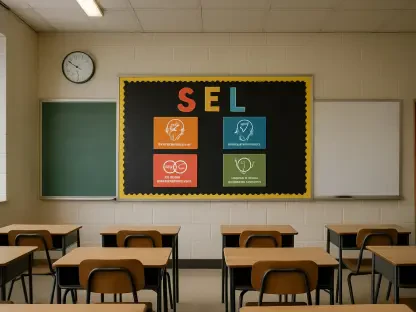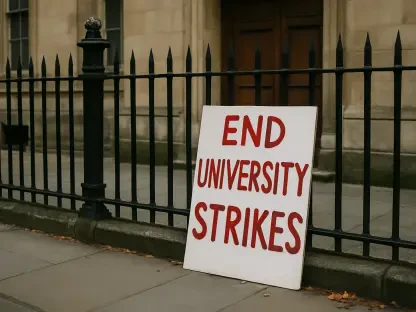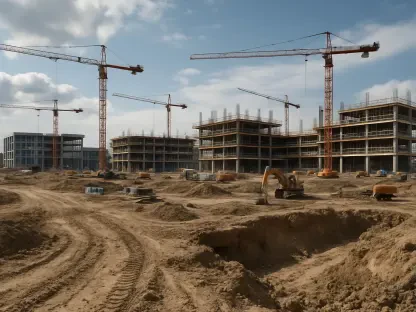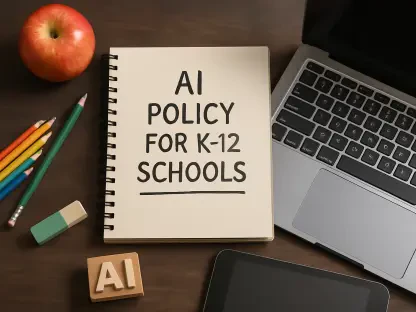The projected 13% decline in high school graduates from the present year until 2041, as forecasted by the Western Interstate Commission for Higher Education, presents significant challenges for the educational landscape in the United States. This demographic shift is set to reshape the future college student pipeline, compelling educational institutions to strategically plan for the changing numbers. With fewer students graduating, there will be substantial ramifications for both high schools and higher education institutions, which must adapt to a new reality in education policy and student services.
Adapting to Changing Demographics
The decreasing number of high school graduates necessitates a fundamental reevaluation of how schools operate and serve their students. High schools, which rely on maintaining sufficient enrollment levels to justify funding and resources, will need to adopt new strategies to ensure they remain viable. This may involve enhancing recruitment efforts, diversifying academic and extracurricular offerings, and establishing partnerships with nearby elementary and middle schools to encourage long-term community engagement.
Another essential consideration for high schools is the impact of the decline in graduates on their overall performance metrics. With fewer students potentially coming through their doors, schools might find themselves grappling with changes in standardized test scores, graduation rates, and college readiness indicators. These metrics are often used to assess school performance, secure funding, and influence public perception. Therefore, administrators must develop innovative approaches to maintain or even improve these metrics, ensuring students receive quality education despite the shrinking graduate pool.
Strategic Responses from Higher Education Institutions
Higher education institutions, too, will feel the effects of declining high school graduate numbers. Colleges and universities, which rely heavily on incoming freshman classes to sustain their enrollment and financial stability, must prepare for leaner years. This situation necessitates rethinking recruitment strategies, such as broadening outreach to non-traditional student populations, including adult learners, international students, and individuals seeking career changes. Additionally, institutions may need to enhance financial aid offerings and scholarship opportunities to attract a more diverse array of students.
A pertinent example is Texas A&M University’s plan to cap its annual intake of new undergraduate students at 15,000 in response to massive enrollment growth. This initiative highlights the importance of managing infrastructural and service demands in the face of changing student demographics. Similarly, military academies, as directed by President Trump, are reviewing their leadership, instructors, and curriculum to address the evolving needs of a smaller, more targeted student body.
Policy Shifts and Their Impact
The Western Interstate Commission for Higher Education has projected a 13% drop in the number of high school graduates from now until 2041. This forecast signals significant challenges for the U.S. education system. This anticipated demographic shift is expected to reshape the future pipeline of college students, forcing educational institutions to rework their strategic plans to accommodate the changing numbers. As fewer students graduate from high school, there will be significant consequences for both secondary and higher education sectors. High schools might face the need to optimize resources and programs, while colleges and universities will have to rethink enrollment strategies, financial planning, and even curriculum offerings. They’ll need to focus on attracting a shrinking pool of potential students, perhaps by expanding outreach efforts, improving student retention, or diversifying the student body. Both high schools and colleges must adapt to this new educational reality, with a careful reevaluation of policies, student services, and overall approaches to teaching and learning.









